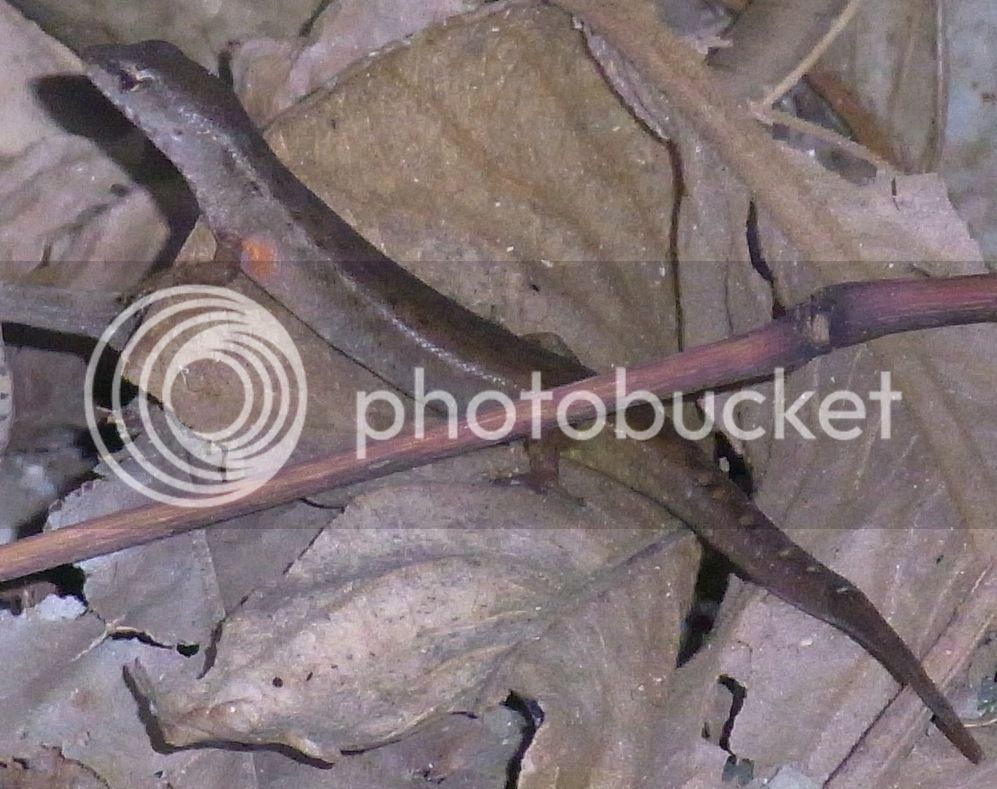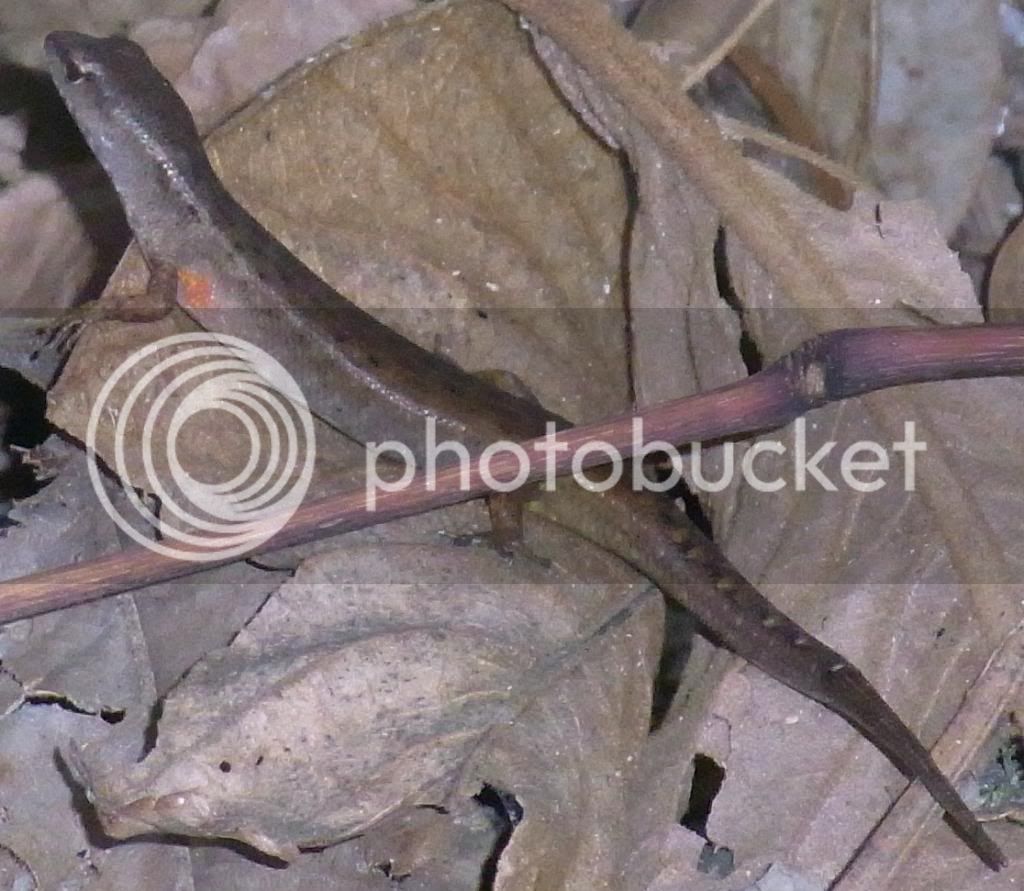You are using an out of date browser. It may not display this or other websites correctly.
You should upgrade or use an alternative browser.
You should upgrade or use an alternative browser.
Mount Warning Skink - ID please.
- Thread starter Poyt448
- Start date

Help Support Aussie Pythons & Snakes Forum:
This site may earn a commission from merchant affiliate
links, including eBay, Amazon, and others.
- Status
- Not open for further replies.
GeckPhotographer
Very Well-Known Member
I would say challengeri, I've seen few challengeri and I find differentiating spectabilis and rosei a pain but I've certainly never found upper labials to be at all helpful, below is a link to a rosei showing 6 upper labials, one less than the usual 7 putting it in direct overlap with spectabilis and challengeri. The head characteristic is more interesting, I've never noticed much difference in that and would be interested in trying to use it next time I'm IDing these.
The reason I don't go with rosei is similar to Bushmans, rosei may be highly variable but almost all of its variations include more pattern than other species of saproscincus, whereas this individual looks extremely plain. I don't believe whatever its validity that head length/shape can be used accurately in an image where the individuals head is angled strongly away from the camera as it is.
Those white dots on the tail may not rule out anything, but they are certainly prominently present on every challengeri that I have seen. Form one of the key features highlighted in wilson and swan for the species. And while as I say they don't rule it out, I have never seen those white spots on the tail of a Sapro that I have ID'd as rosei.
To clarify what method I use in the field for ID, I usually use supracilliary scales and found enough skinks to have at least some individuals for whom the counts are not in the overlap zone between species.
I admit that this particular genus is to me one of my greatest challenges in ID, since apart from the supracilliaries I've never seen a characteristic that I can use to get anywhere near a positive ID.
I've also disagreed with Scott before, and like you guys, usually come off the worse. But safety in numbers?
All sizes | Saproscincus rosei | Flickr - Photo Sharing!
The reason I don't go with rosei is similar to Bushmans, rosei may be highly variable but almost all of its variations include more pattern than other species of saproscincus, whereas this individual looks extremely plain. I don't believe whatever its validity that head length/shape can be used accurately in an image where the individuals head is angled strongly away from the camera as it is.
Those white dots on the tail may not rule out anything, but they are certainly prominently present on every challengeri that I have seen. Form one of the key features highlighted in wilson and swan for the species. And while as I say they don't rule it out, I have never seen those white spots on the tail of a Sapro that I have ID'd as rosei.
To clarify what method I use in the field for ID, I usually use supracilliary scales and found enough skinks to have at least some individuals for whom the counts are not in the overlap zone between species.
I admit that this particular genus is to me one of my greatest challenges in ID, since apart from the supracilliaries I've never seen a characteristic that I can use to get anywhere near a positive ID.
I've also disagreed with Scott before, and like you guys, usually come off the worse. But safety in numbers?
All sizes | Saproscincus rosei | Flickr - Photo Sharing!
Last edited:
I stuffed up I meant supracilliaries not supralabials. Sorry for the confusion.
As I have said, the angle is poor and from the images shown i cannot make out scalation at all. My FEELING is still rosei, with the exception of the female only border ranges striped ones I would not use colouration to split them.
I well am off herping in the rf today.
cheers
Scott
As I have said, the angle is poor and from the images shown i cannot make out scalation at all. My FEELING is still rosei, with the exception of the female only border ranges striped ones I would not use colouration to split them.
I well am off herping in the rf today.
cheers
Scott
You're welcome mate and even though we can't say with certainty exactly which species it is, at least we narrowed it down to two. Although Scott was outnumbered on this occasion, we all respect his ID skills enough to not discount S. rosei. We will have to agree to differ, as it's hard to be definitive without being able to count scales like supraciliary and subdigital lamellae.
Thanks for your input there Stephen and all contributors to this thread. It's been a very good discussion and it's great that we can all present our arguments harmoniously, despite disagreeing about which species it is. 8)
Thanks for your input there Stephen and all contributors to this thread. It's been a very good discussion and it's great that we can all present our arguments harmoniously, despite disagreeing about which species it is. 8)
Last edited:
Exactly Patrick, we can disagree (look lets face it you were wrong but ok we will call it a harmonious disagreement) without a thread getting turfed over pety name calling. Well done to all involved.
without a thread getting turfed over pety name calling. Well done to all involved.
cheers
Scott
cheers
Scott
richoman_3
Very Well-Known Member
hi, i want to play.
it is actually a weasel skink
it is actually a weasel skink
Thanks Darlyn. It's good to hear you enjoyed it so much.Best ID thread I have ever read.
Stands and applauds : )
Richoman, it's not a Weasel Skink (Saproscincus mustelinus) because it doesn't have the distinctive pale mark below the eye and orange-ruddish tail base.
Scott, I'd rather be proved wrong and learn something new, than to be right and learn nothing.
On this occasion, I've learn't something new and I was right.
Last edited:
- Status
- Not open for further replies.
Similar threads
- Replies
- 14
- Views
- 5K
- Replies
- 7
- Views
- 5K
- Replies
- 21
- Views
- 8K
- Replies
- 19
- Views
- 5K
A




